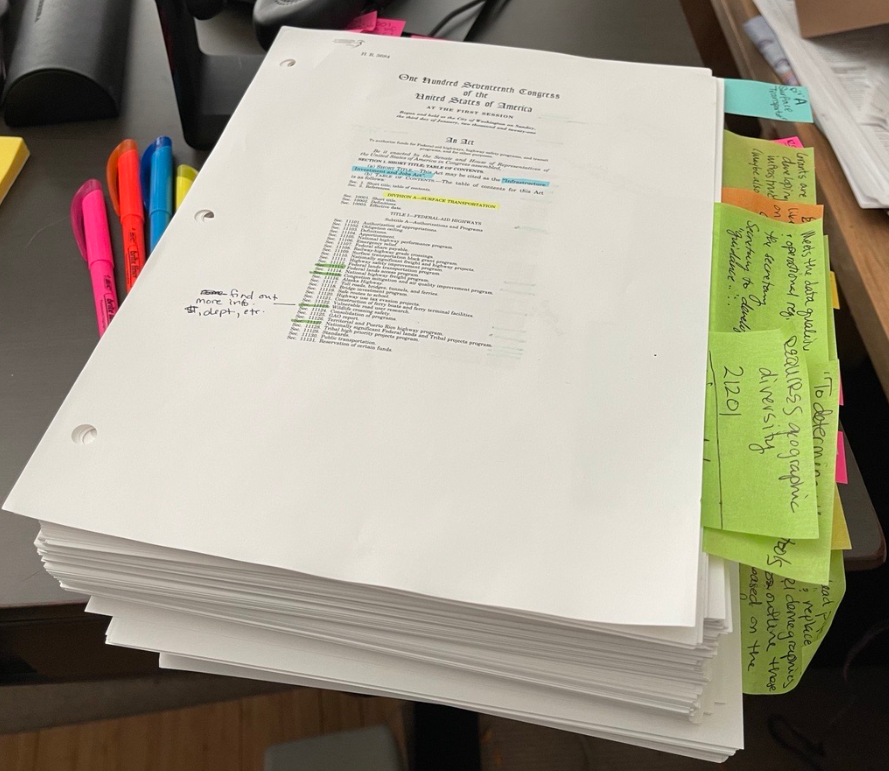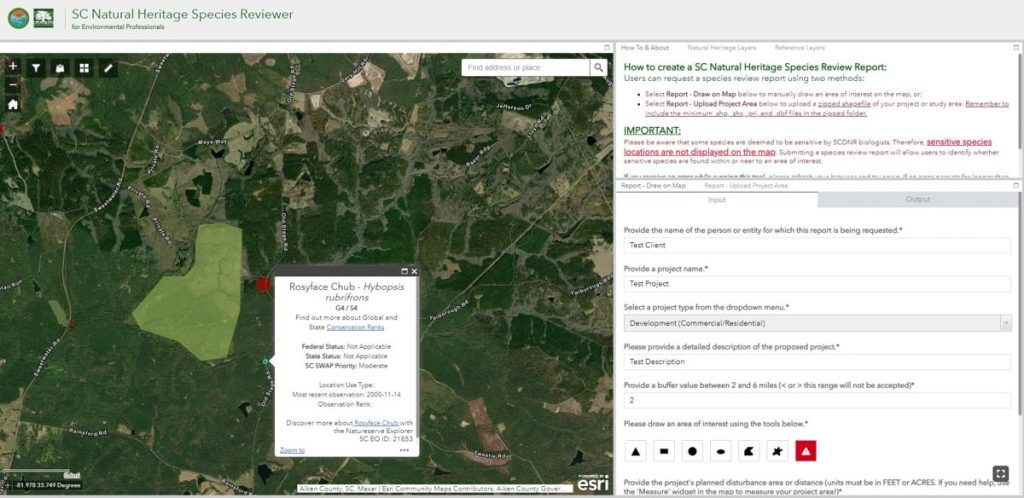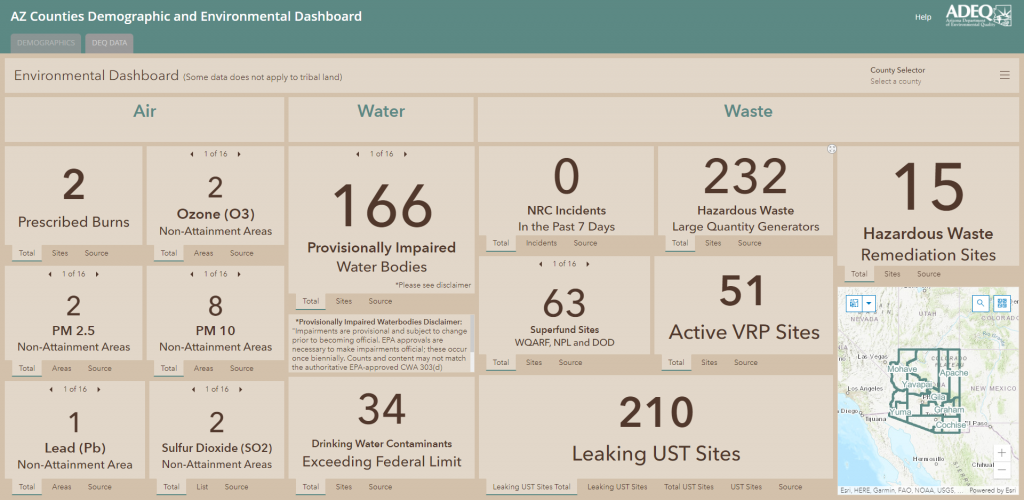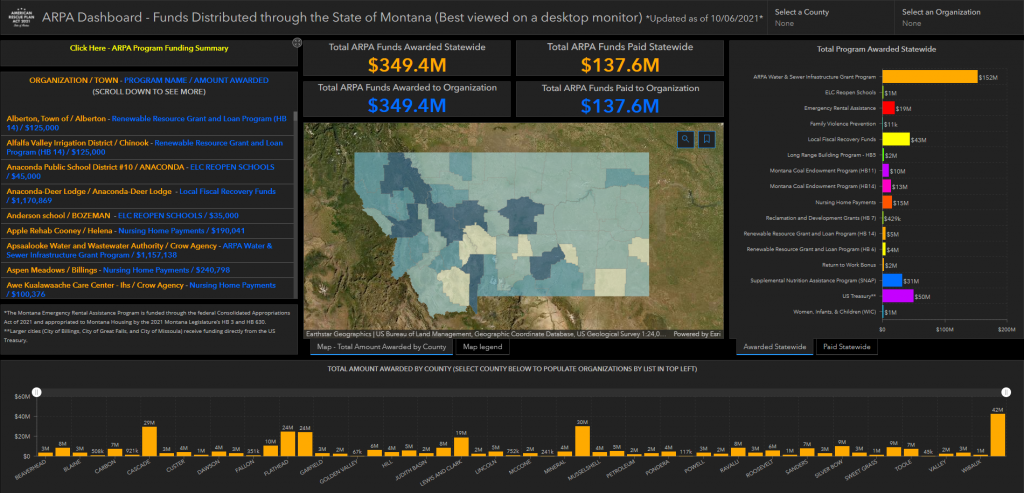I recently posted on LinkedIn about having read the Infrastructure Bill end-to-end and was not prepared for the post to get as much attention as it did. As comments began rolling in, it became clear to me that people are struggling to wrap their heads around what the bill “means.” Why, if nearly every administration has had a stimulus or infrastructure bill, does this one garner so much attention?
This bill is set apart from others because it does 3 things differently. One, it recognizes the importance of environment as the undercurrent to everything we do. Two, it recognizes that we must equitably distribute clean air, land, and water. Three, it recognizes that if we want to move the needle on these issues, then it’s going to require us to innovate how we conduct daily business. It is an attempt to get an entire country to go through Change Management. Ouch!

Right now, many are scrambling to understand the exact monetary value that may be funneled to Transportation agencies, or for Broadband, Utilities, Telecom, etc. This is wise as a planning exercise, but if you ask the same question about how much will benefit our Environmental agencies, the practice breaks down quickly. Why? If I were to parse out the funding that goes directly to an environmental agency, it might look small. However, it can be reasonably argued that ALL of the money in the infrastructure bill will impact our environmental agencies. How can this be?
The Bill effectively states “go about doing your daily business, but do more of it and do it better.” Nearly every project that this Bill will fund will require people to make decisions about its social and environmental impacts. This translates to permits, which are the product of these decisions. Environmental agencies house these processes. Are they prepared for the increase in review requests? Are they properly outfitted with the information necessary to mitigate the social and environmental impacts of these projects? Are they prepared to maintain reasonable response times with these workflows?
The answer is – they can be and have already invested in Esri’s technology which can help them do just that. The unsung impact of the Infrastructure Bill is the innovation it will require to successfully implement it. Prior to the pandemic, but especially during it, environmental agencies had already begun to innovate these processes, and the Infrastructure Bill will be a catalyst for them to continue doing so. Here are some examples:
- Permitting: South Carolina Natural Heritage Program Environmental Review
- South Carolina uses ArcGIS Enterprise Sites to provide hierarchical access to species data and facilitates an end-to-end workflow for their environmental review process required for certain permits. Additionally, they also allow the public to explore their biodiversity data by county and even get involved through citizen science! Read more about it here.

- Equity: Arizona Environmental and Demographic Dashboard
- Arizona Department of Environmental Quality publishes a public-facing ArcGIS Dashboard that allows the public to explore various metrics related to air, water and waste against a variety of community demographics for each county. Their dashboard illustrates a simple and effective way to provide transparency to constituents.

- Grants: Montana Department of Natural Resources and Conservation (DNRC) ARPA Hub
- States are often on a tight timeline to distribute federal funds when they’re made available. Acting fast, Montana DNRC quickly deployed ArcGIS Hub Premium to provide information about ARPA opportunities, facilitate the application process, and track where money was distributed and for what projects. Read more about it here.

Learn more about how GIS can align with federal funding programs.




